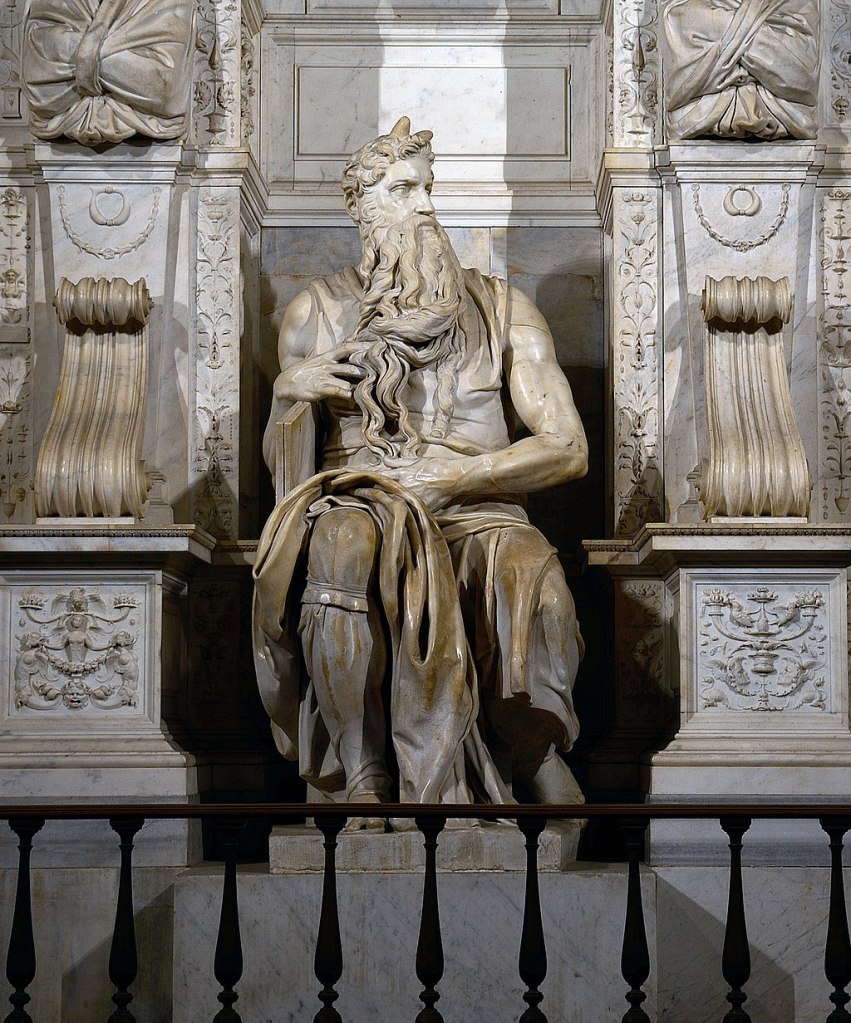When I was a grade-school kid growing up in a small town in western Wisconsin, my Mom had a picture hanging in our house that showed four figures in a medieval cityscape. I walked past the picture a thousand times without ever asking what it was about.
I did steal a glance at the painting often enough that its general composition etched itself into my memory. The two things that struck me most about the picture back then were their strange footwear–thin sandals and silky tights, even for the man!–and the fact that the three women were rather plain looking in my pre-adolescent male opinion.

Fast-forward more than 50 years later. A few weeks ago, I was watching an excellent two-part PBS special, “Dante: Inferno to Paradise.” In four hours, the special told the story of “The Divine Comedy,” the epic work by the Italian poet Dante Alighieri about a journey through hell, purgatory, and heaven. At one point, the screen flashed with the painting that had been hanging in our living room on Youlon Street.
So that was Dante I was gazing at all those years ago! While I had no idea who he was back then, as an adult I’ve come to admire him and his masterwork. I’ve read the John Ciardi translation (New York: W.W. Norton & Company, 1970), the Rod Dreher book, How Dante Can Save Your Life: The Life-Changing Wisdom of History’s Greatest Poem, and audited the free and engrossing Hillsdale College online course on Dante and his poem.
After the PBS show I learned online that the original was painted by Henry Holiday in 1882-84 and hangs in the Walker Gallery in Liverpool, England. It depicts Dante encountering his love interest Beatrice (wearing the white dress) in Florence, Italy, back in the late 1200s. He was infatuated with Beatrice, but she and her companions rebuffed him because of unfavorable rumors about Dante. Beatrice married another and died young, but Dante could never forget her.
Connecting that picture in our house to Dante after all these years makes me appreciate my dear and late mother, Gail Griswold, all the more. She had an appreciation for the finer arts that were lost on me as a kid. The big wooden stereo box in our living room featured a two-foot-high replica of Michelangelo’s statue of Moses, with those funny little horns on his head that my Mom told me were rays from heaven. When she wasn’t busy raising four boys or working at the nursing home, she would read 19th century Russian novels and listen to Bolero and other works of classical music on the stereo.
How sweet it would be to go back in time to a quiet afternoon and ask my mother to explain to her 11-year-old son just who were those eccentric figures in the painting. She would have been equally surprised by the question and delighted to answer.

Hello, Sir! Happy to read your words again. Learned a lot. Wish to hear you talk about Dante more !!!